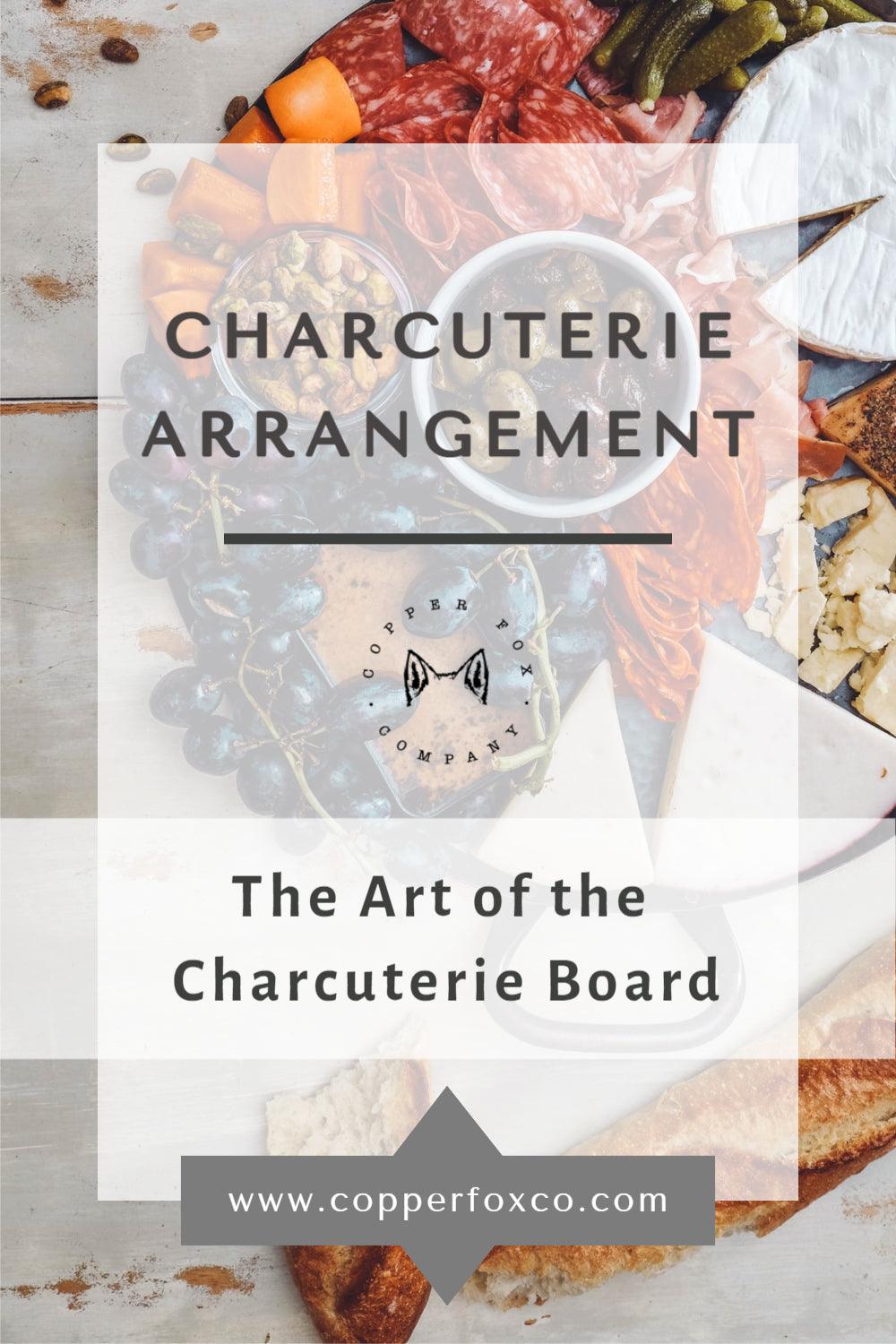
The Art of Charcuterie Board Arrangement
In recent years, the term ‘charcuterie’ has become a culinary buzz word. Most often heard at birthday soirees and decadent catch ups with family and friends, there’s certainly more to a charcuterie board than meets the eye.
You’d be forgiven for thinking of charcuterie as a random assortment of cured meat, cheese, and crackers, or just about anything else found lying around a fridge or pantry. Instead, arranging a delicious and balanced charcuterie board takes deliberation and thought.
If you want to master the art of the perfect charcuterie, you’re in luck. We’re going to tell you everything you need to know about this popular culinary trend!
What is Charcuterie & Why is it so Popular?

Pronounced “shaa·koo·tuh·ree”, this word’s origins trace back to France.
The classic encyclopedia of French cooking, Larousse Gastronomique, defines the classical French charcuterie as “the art of preparing various meats, in particular, pork, in order to present them in the most diverse ways.”
Despite being primarily linked to pork products, this doesn’t mean a charcuterie board should only contain pork – nor is it just limited to meat. Today, countries around the world have embraced the charcuterie, yet adapted it and modernized it to showcase a much wider variety of food.
Therefore – in Western countries such as the United States, United Kingdom, Australia, and more – it isn’t unusual for a charcuterie to contain some, if not all, of the following:
- Cured meats
- Cheeses
- Crackers or bread
- Dips or spreads
- Fresh or dried fruit
- Sliced vegetables
- Jam or chutneys
- Olives
- Nuts
- Pickles
- Chocolate or other sweets
How to Arrange a Charcuterie Board
Now that you know the wide variety of delicacies a charcuterie can feature, you may be wondering how you can artfully arrange your charcuterie board to showcase these in an aesthetic way.
Building a charcuterie that’s bursting with different foods, colors, and textures is easy. All it requires is a simple, three-step process.
Step 1: Lay down your larger items, such as cheeses. We recommend spacing these out evenly across your board.
Step 2: Lay down your cured meats, dips, and/or spreads. Together with your cheeses, they form the key components of your charcuterie. We also recommend spreading these out evenly across the board, rather than grouping them together, as this creates more visual interest and variety.
Step 3: Fill in the gaps with your smaller foods, such as nuts, fruit, vegetables, pickles, and more. Many of these will feature different colors, shapes, or textures, making them the perfect finishing touch to your charcuterie.
Where to Buy Charcuterie Boards

Charcuterie boards can be purchased brand-new, found second-hand at markets or in thrift stores, or may even exist in your home currently. For example, you can get creative with a cutting board, lazy susan, pizza paddle, marble tray, or slate board.
Here at Copper Fox Co, we sell high-quality, custom charcuterie boards engraved with special details to make them one-of-a-kind.
Where to Shop for Charcuterie Ingredients
Depending on what you want to include on your charcuterie board, you can shop for ingredients at a wide variety of places. These include:
- Delicatessens
- Supermarkets
- Fruit and vegetable stores
- Farmer’s markets
If you’re looking for a stunning custom charcuterie board, feel free to check out our wide range of products. You can also contact us to find out more about our personalized gift ideas!
